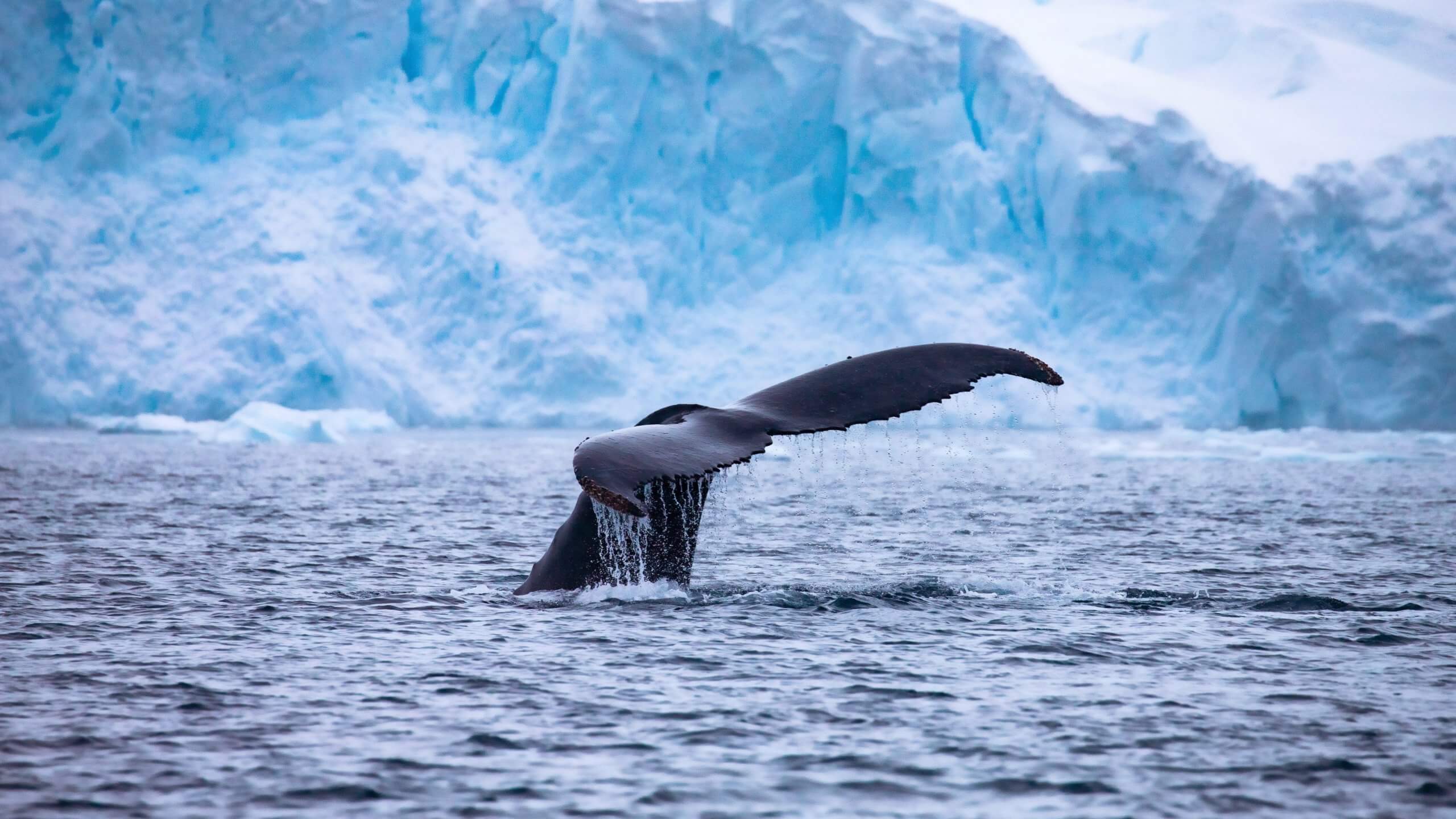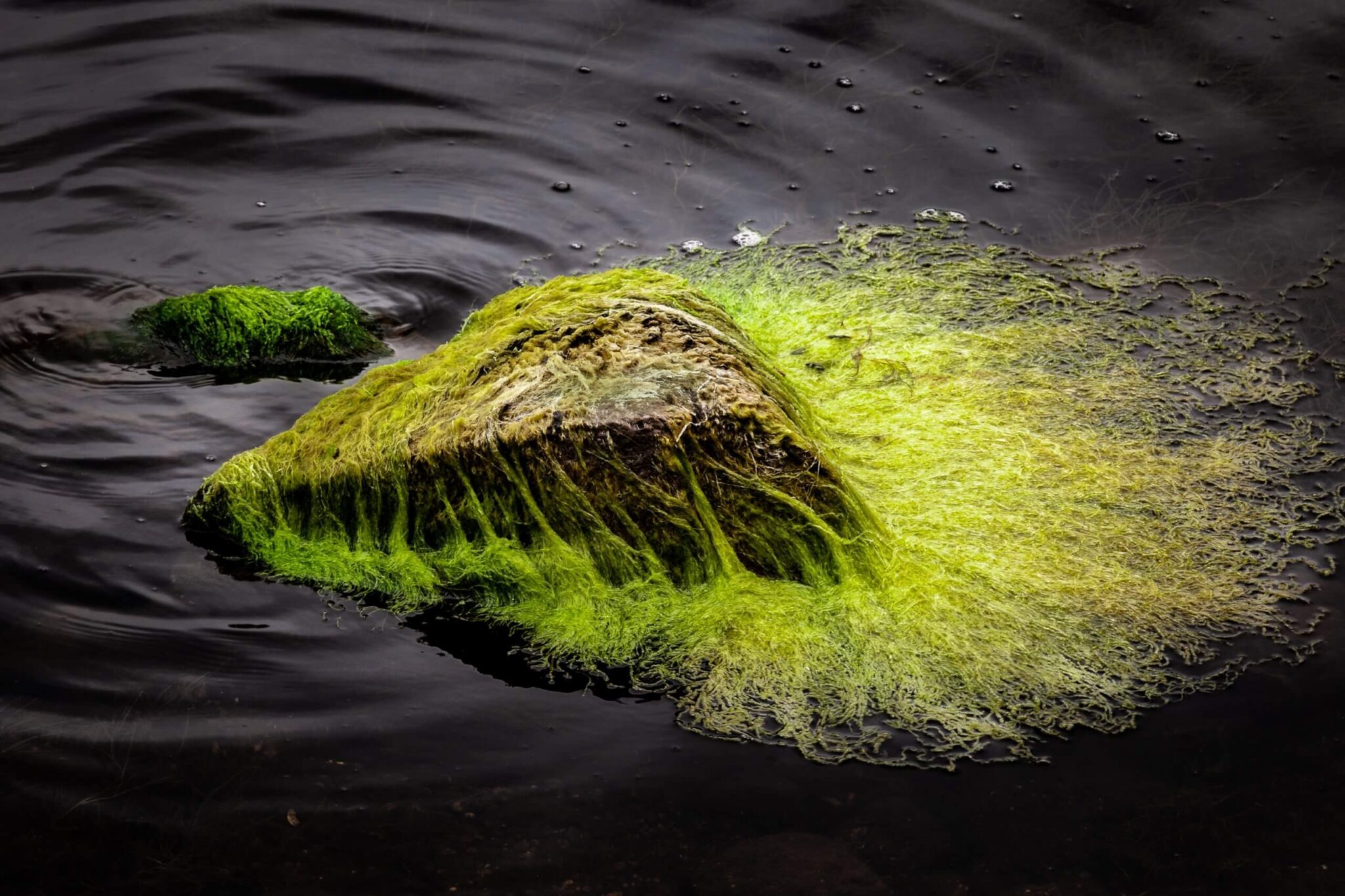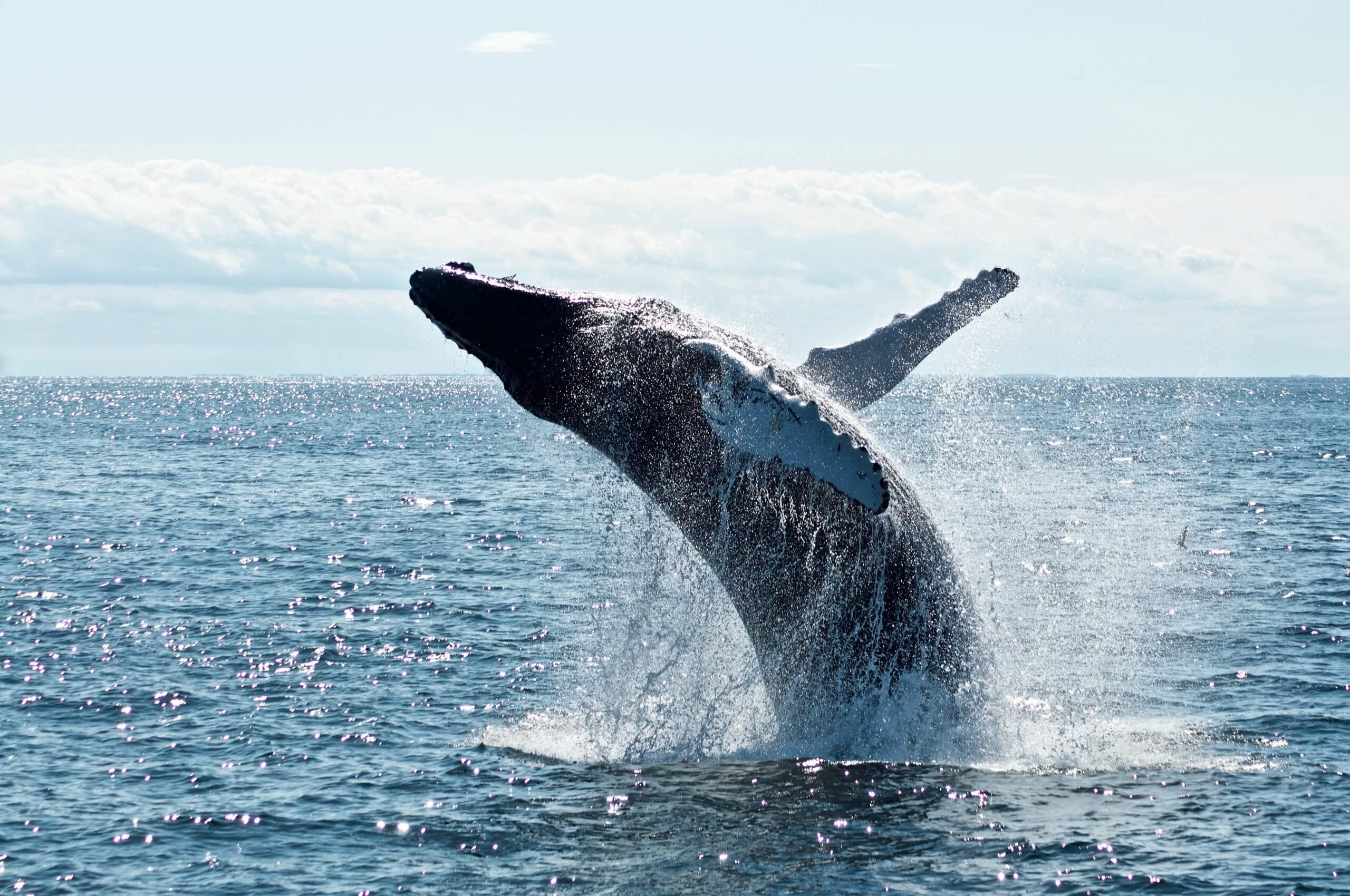It turns out that the largest animal in the world is also a significant "activist" in the environmental fight: a new study illustrates the important role of whales in reducing carbon dioxide in the atmosphere, whose presence exacerbates the climate crisis
It is difficult to choose just one fact that will open an article about whales; So many facts compete with each other for the right to open the text. So instead of choosing, here are some things you may or may not have known about these wonderful animals: the whales, that evolved rather from continental lunatics, were the oil of the 19th century - where electricity was produced from those giant mammals. How big are they? The heart of the blue whale - crowned As the largest animal that ever lived on Earth, is approximately The size of a "Beetle" type vehicle.
A new international study illustrates the tremendous contribution to the environment of these creatures - which not only break Guinness records - but may also help us in the fight against the climate crisis: the study presents in depth the important role of this huge animal as a carbon fixer - that is, as someone who significantly reduces the amount of carbon dioxide oxygen in the atmosphere.
bigger than life
Carbon sequestration is a process in which carbon dioxide is collected from the atmosphere and stored long-term in various ways - biological, chemical and physical. These processes are of crucial importance in slowing down the climate crisis, which was created as a result of the emission of greenhouse gases - primarily carbon dioxide - into the atmosphere. An example of natural carbon fixation is the process of photosynthesis, which occurs when plants use carbon dioxide to produce energy and materials from which they build their bodies - thereby participating in the "cleaning" of the atmosphere from that gas. Another example of a natural carbon fixation process is related to those huge creatures on which the new study was conducted: the whales.

The researchers examined three species of whales that move between the oceans: the blue whale (Balaenoptera musculus), The spotted whale (Balaenoptera physalus) - the second largest after the blue whale, andtheir head (Physeter macrocephalus) - as his name is: with a very large head (and who starred in the masterpiece novel "Moby Dick") - on which the researchers focused especially.
A ride to Nutrient
So how does it happen? How do whales reduce carbon dioxide in the atmosphere? "At the most basic level, this is a huge animal, which lives for many years, eats creatures whose bodies contain carbon - and thus 'stores' this gas for decades, instead of returning to the atmosphere," says Dr. Aviad Shainin, director of supercarnivores at the Morris station Kahn for Marine Research at the School of Marine Sciences at the University of Haifa, and director The Dolphin and the Sea Center of the Delphis association. I mean, the body of the whales becomes a kind of reservoir for carbon dioxide.
In addition, the whales participate in one of the most important processes that take place in the seas and oceans: they "give a fin" to the photosynthesis carried out by the algae found in the upper part of these bodies of water, which draw carbon dioxide from the air - thus reducing its amount in the atmosphere. How significant is this process? In 2019-2010 this global "carbon pump" was responsible for pumping of about 22 percent of carbon dioxide emissions of human. Whales play an important role in the described process: according to Sheinin, the surface of the sea - the area where the process of photosynthesis takes place - is poor in nutrients (nutrients) that are necessary for the growth of algae; However, different currents 'lift' the nutrients to this area - thus enabling photosynthesis. Besides these water streams, who else gives these materials a "ride"? "The whales, which feed in the depths of the sea, rise up, drop excrement, and thus move the necessary material with them between the different depths," says Sheinin.

And it doesn't end here: according to the new study, the distribution of the nutrients described does not just happen locally - but on a global level. "The whales move between the poles - where the low temperature of the water produces a wealth of nutrients, and the tropical regions where these mammals breed - and which suffer from a poverty of nutrients," explains Sheinin. "Thus, the whales 'carry' these materials to areas where there is a shortage."
In case you were wondering, we don't have many whales in the Mediterranean, among other things - because of a lack of nutrients. "The construction of the Aswan Dam in the 70s of the last century significantly reduced the amount of nutrients in the eastern Mediterranean," explains Sheinin. "Since this is a particularly significant shortage, whale populations in our region, which feed on animals that eat nutrients, hardly manage to exist."
to guard those who guard us
The new study joins a series of studies that indicate that whales are important to us - even more than we thought. But do we protect them enough? According to Sheinin, following The International Convention for the Regulation of Whaling, since the 80s of the last century many whale populations have recovered and today are no longer in danger of extinction. Yet, Voices calling for the return of hunting, AndCountries like Japan, Iceland and Norway, which allow whaling - We are reminded that the whales are still in danger.

So, how do we protect these wonderful creatures? "It is necessary to preserve the situation in which whaling is prohibited, with the exception of certain populations that carry out traditional hunting and for whom the whale has been an important food component since the dawn of history. In addition - and despite the objections - they must be protected from the movement of vessels, especially the fastest ones. For example, with the help of lowering the sailing speed in areas where it is known that there are whale populations", Shainin concludes. And of course, it's better that we continue to explore the amazing abilities of those wonderful creatures - who also protect and benefit us, the land dwellers.
More of the topic in Hayadan:
